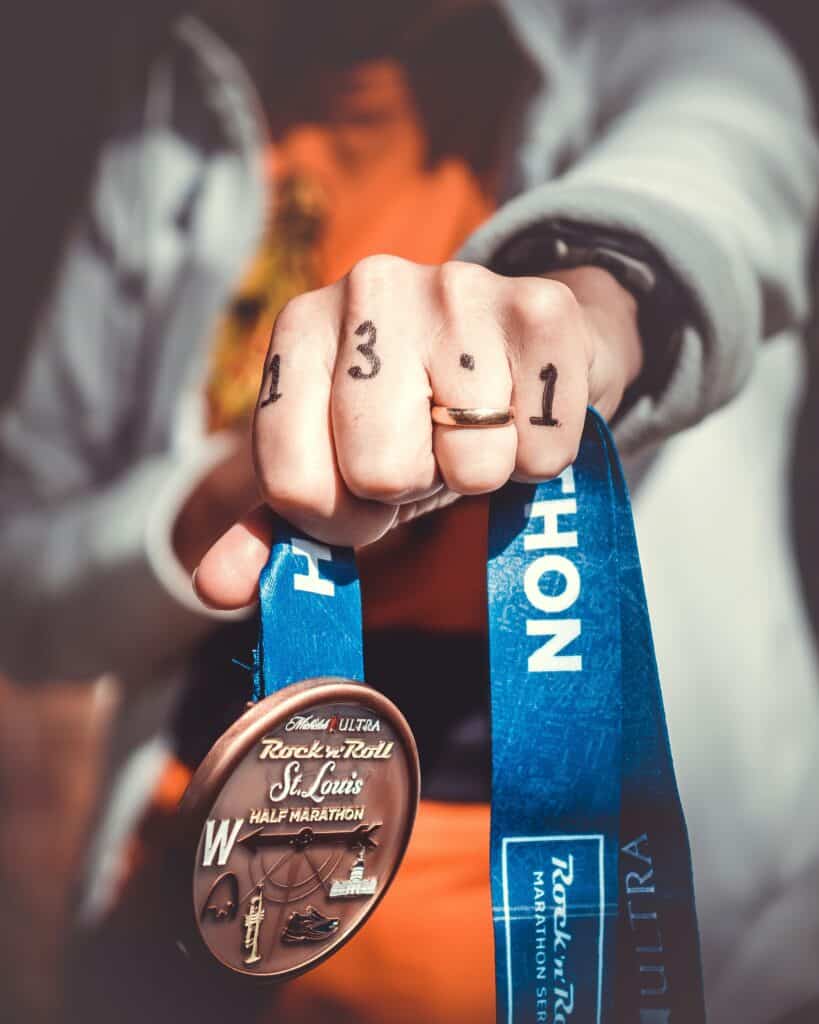
Summer’s heat and humidity can make even the best runners feel as though they’ve lost an incredible amount of fitness. The heart and lungs have to work harder for every mile as the body fights to keep cool.
Acclimating to running in heat is a struggle for many runners year after year. There are obvious tricks for getting in the miles such as running indoors on a treadmill or avoiding the midday heat, but for some, it is unavoidable.
I’m not a physician or a pro, but I have been running in the south for nearly 20 years. Here are a few small changes I’ve made that make heat running slightly more bearable:
1) Wear a visor instead of hat.
It’s an old wives’ tale that a huge percentage of heat can be retained by wearing a hat, but the surface of the head is still 10% of the body’s total surface area.
Despite the new technologies of breathable fabrics, a visor is inherently cooler than a hat. Visors still keep the sun off the face and double as a sweatband, but allow for heat to dissipate across the top of the head.
2) Get cold before going warm.
There is not a safe place for me to run near my home so I typically have to drive a short distance before getting in my miles. I use the car’s air conditioner to my advantage to blast myself into the Arctic.
Once I have actually goosebumps from the cold, I know I am ready to head out into the heat. Though the chilling effect doesn’t last more than 10-15 minutes, it makes stepping out into the heat a tad easier.
3) Ice, not water bottles.
Unless you are running short laps or have access to multiple hydration stops along the way, a run in the heat requires carried hydration. I used to just stick a few ice cubes in each of bottles, but now I freeze one of my two bottles.
Not only does it feel great to have that next to my skin for a few miles, it slowly melts and becomes drinkable as I finish the one with just ice cubes.
4) Keep the neck wet.
It could be entirely placebo effect, but a wet bandana around the neck seems to have magical cooling properties. I recently bought a few actual cooling ties from the Kafta brand and they seem to help my cause. Use your icy hydration (see #3) to lower the temperature every so often.
5) Dress for comfort, not vanity.
Wear the lightest colors and least amount of clothing you feel comfortable in. We all have different levels of comfort when it comes to skin exposure, but even those with more modest needs can make small changes like switching from sleeved shirts to tank top or capris to shorts.
I wore a shirt save for the hottest days for many years until I decided I was way more comfortable in just a sports bra.





